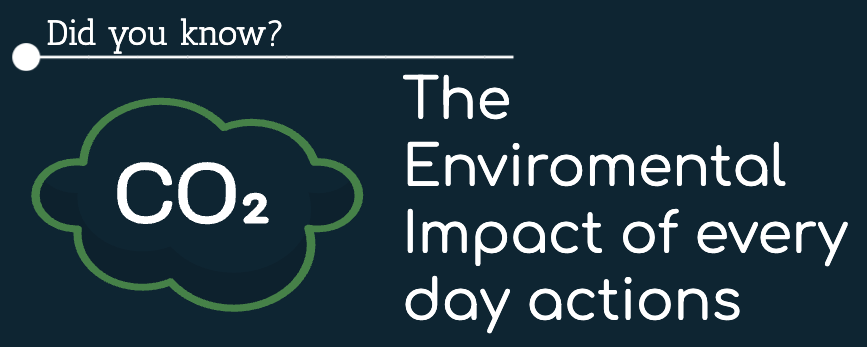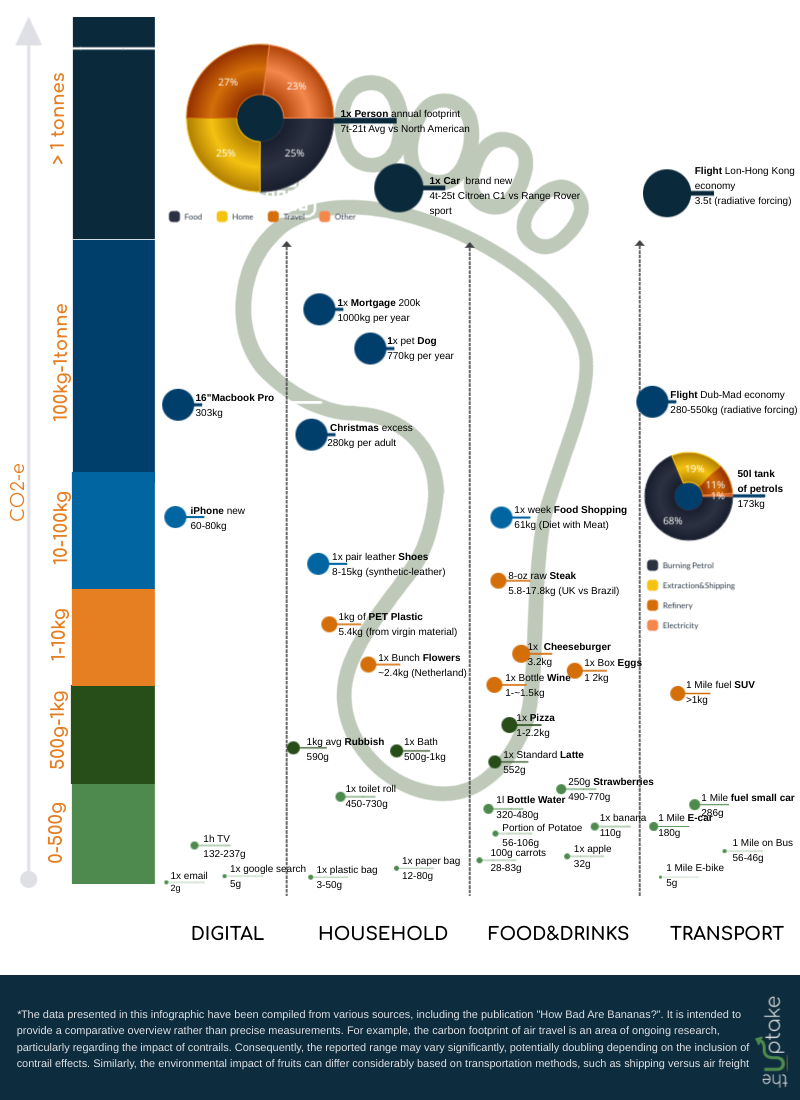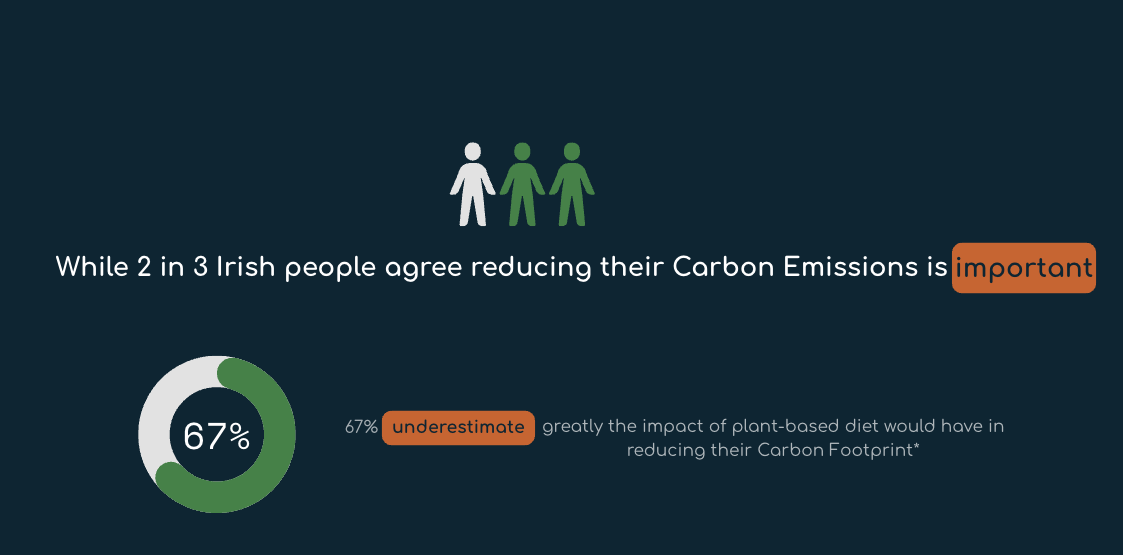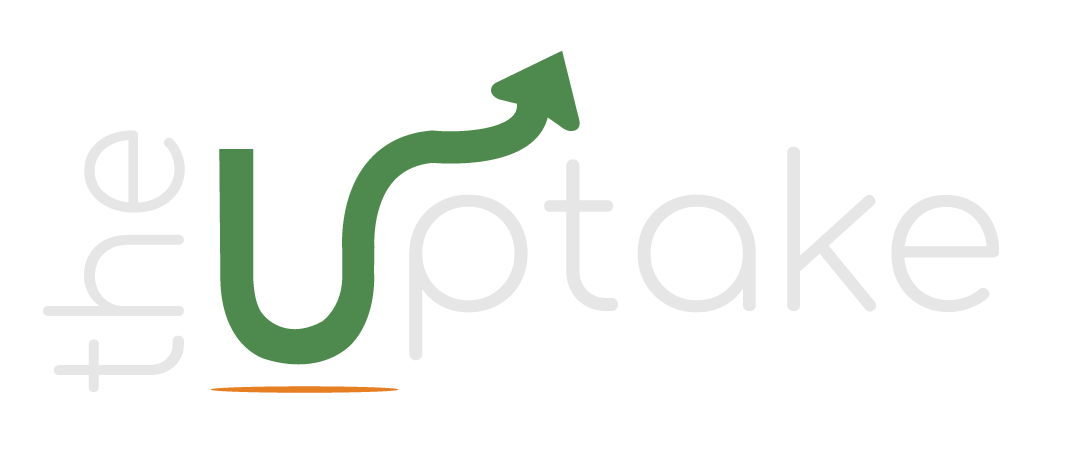
Building some level of Carbon Literacy is essential both at a personal and corporate level. I am not talking Carbon Accounting, but a basic level of understanding of “what is the cost” of our actions, a sense of perspective.
Imagine if you had a Carbon Budget? How would you approach it? Hold on, we have a Carbon Budget! It’s called CSRD, or NDC, or simply put, Net-Zero.
What is a Carbon Footprint?
A carbon footprint is the total amount of greenhouse gases—primarily carbon dioxide and methane—produced directly and indirectly by human activities. These emissions stem from nearly everything we do: driving cars, heating homes, manufacturing goods, and even the food we eat. For both individuals and companies, the carbon footprint is a measurable impact on climate change and a crucial metric in understanding sustainability.
For individuals, most emissions come from daily routines—transportation, energy use, diet, and consumption habits. A flight, a steak dinner, or even a fast fashion purchase all have hidden carbon costs. For companies, carbon footprints are often larger and more complex, encompassing everything from supply chains and logistics to product design and energy-intensive operations. Corporations are increasingly being held accountable for these emissions through regulatory pressure, stakeholder expectations, and environmental, social, and governance (ESG) frameworks.
Disclaimer: The Carbon Footprint concept widespread popularisation came from British Petroleum’s (BP) branding campaign “Beyond Petroleum,” launched around 2004–2006 via the advertising agency Ogilvy & Mather. They introduced carbon-footprint calculators to shift focus toward individual responsibility.
There are plenty of personal Carbon Footprint estimators out there. But to give a sense of what I am talking about, see below a small illustration of daily actions and purchases.

Why does this matter?
Because climate change, driven by rising greenhouse gas emissions, poses a significant threat to natural ecosystems, public health, and economic stability. Recognizing our carbon footprint allows us to make more informed decisions—individually and collectively—to mitigate this impact. For example, choosing public transport over personal vehicles, switching to renewable energy, or supporting companies with sustainable practices all help reduce emissions.
This is where carbon literacy becomes essential. It goes beyond simply knowing that emissions are harmful; it means understanding the “carbon cost” of everything we use and consume. It’s a mindset shift—thinking of carbon like a currency with a finite budget. Just as we manage financial budgets, we need to start managing our environmental budgets.
Carbon literacy empowers individuals and organizations to make everyday decisions with awareness of their environmental impact. This could mean reevaluating business strategies, redesigning supply chains, or choosing low-carbon alternatives in daily life. It turns climate action into a shared responsibility that starts with understanding.
We have a knowledge gap
While people feel they have a good understanding of Climate Change (>70% in Europe declare having a moderate knowledge of Climate Change), most people are wrong about what has the biggest GreenHouse Gas impact. We need to close that gap to have better impact as a society. This is where company-wide educational programmes can help to close the Knowledge gap.

How can I educate myself or my team?
There are many way to develop a better understanding of the carbon cost. At The-Uptake I like to use the 2tonnes workshop, a 3h activity during which team work together and individually towards a lower carbon footprint. I also offer shorter 1h version.
Finally, I recommend our Carbon Literacy training, a full day worth of training and workshop, combined with a certification, to gain a solid ground level understanding of Climate change, Carbon Cost and practical action we, as a group of individuals, can implement.
